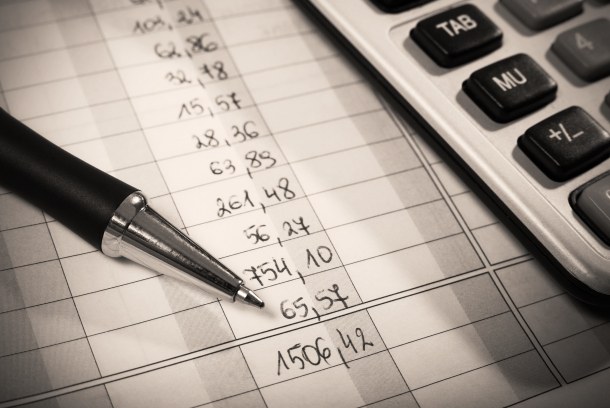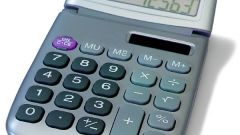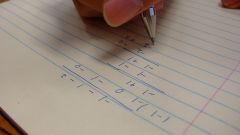Instruction
1
Before proceeding to the calculation of the average annual value of fixed assets, please note that distinguish them initial, restorative and residual value. The initial cost reflects the level of cost associated with the acquisition or creation of fixed assets. The initial cost in operating a property does not change, except in cases of completion, reconstruction or partial liquidation. The replacement cost corresponds to the cost of acquisition or the creation of similar fixed assets in the market conditions. To determine the replacement cost of the swipe revaluation of fixed assets adjusted for inflation or market prices. Residual value is the initial (replacement) value less depreciation.
2
You have to understand that the calculation of the average annual value of fixed assets is a necessity, due to changes in their physical and money values in the course of the year. The company may purchase new equipment and write off worn out. Therefore, the initial value of fixed assets at the beginning of the year will differ from their initial value at the end of the year, which you can calculate as follows:
With the first (K. G.) = first (n) + intr – SEL, where the first (K. G.) – the initial value of fixed assets at year end; With the first (n) – initial value of fixed assets at the beginning of the year;] the value of fixed assets commissioned during the year; the cost eliminated during the year fixed assets.
With the first (K. G.) = first (n) + intr – SEL, where the first (K. G.) – the initial value of fixed assets at year end; With the first (n) – initial value of fixed assets at the beginning of the year;] the value of fixed assets commissioned during the year; the cost eliminated during the year fixed assets.
3
The average annual value of fixed assets you are able to calculate in multiple ways. The most simple of them is the definition of half-sum of residues of fixed assets at the beginning and end of the year:
With CP = (first (n) + is (CG))/2.
Calculation by this method yields not very accurate results because the input and disposal of fixed assets during the year is uneven.
With CP = (first (n) + is (CG))/2.
Calculation by this method yields not very accurate results because the input and disposal of fixed assets during the year is uneven.
4
For a more accurate calculation use the following formula:
With SR = first (n) + M1/12 x type – M2/12 x SEL, where M1 and M2 – the number of full months from the time of acquisition (disposal) of fixed assets.
With SR = first (n) + M1/12 x type – M2/12 x SEL, where M1 and M2 – the number of full months from the time of acquisition (disposal) of fixed assets.
5
The most reliable method is the calculation of the average annual value of fixed assets according to the formula of the average chronological:
With CP = [ (C1 (n m) +S1 (K. m))/2 +(C2 (n m) +C2 (K. m))/2...+(CI (n m) +CI (K. m))/2]/12, where CI (n. m.) – the cost of each fixed asset at the beginning of the month, CI (K. M.) – the cost of each fixed asset at the end of the month.
With CP = [ (C1 (n m) +S1 (K. m))/2 +(C2 (n m) +C2 (K. m))/2...+(CI (n m) +CI (K. m))/2]/12, where CI (n. m.) – the cost of each fixed asset at the beginning of the month, CI (K. M.) – the cost of each fixed asset at the end of the month.









